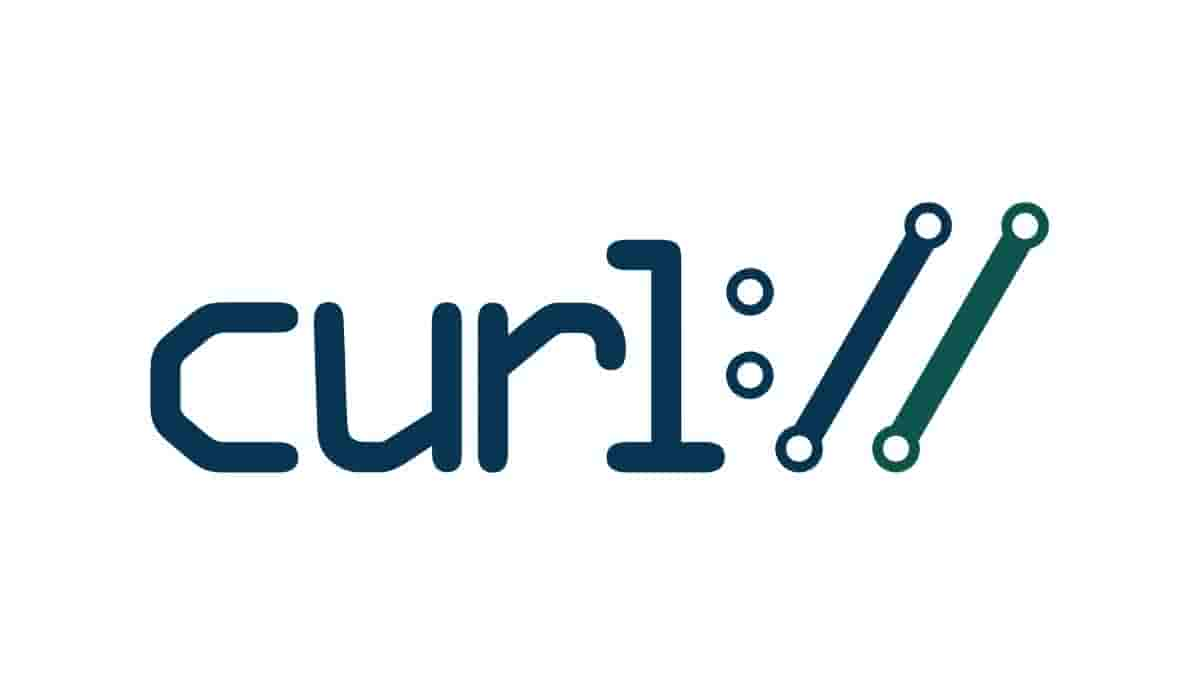The things you should consider before using cURL

In this article, you’ll learn how to configure cURL, to work with a proxy server. Everything is covered, from how to set up the proxy to how to use its numerous configuration options.
We didn’t focus on any one proxy service in particular. This article should therefore function normally with any proxy server such as Proxy Brazil. The only information required is the server’s address and login information.
This article is written for a very technical audience and presupposes that you already know what a proxy is. Those just starting with web scraping might find it fascinating and helpful.
What is cURL?
Send and receive data over the URL with the help of the cURL command line tool. Let’s have a look at the most elementary usage of curl. To run this command, open a command prompt or terminal and type:
Many Linux distributions and MacOS come pre-installed with cURL. It’s included in Windows 10 by default now.
The install command can be added if it isn’t already included in your Linux distribution. In Ubuntu’s Terminal, for instance, you could type:
cURL can be obtained from the official download website if you are using an earlier version of Windows or want to install an alternative version.
Indicators of a successful proxy connection
The following data is required to use a proxy server regardless of the service you choose:
- Port
- Protocol
- Username (if you need to log in)
- Security passphrase (if one is needed)
In this article, we’ll pretend that 127.0.0.1 is our proxy server, that port 1234 is open to incoming connections, and that user is logged in with the password pwd. Several case studies representing different approaches will be investigated.
The proxy-ntlm option can be used with curl if connected to a network requiring NTLM authentication. For digest authentication, the -proxy-digest option is also useful. By typing “curl -help,” you can see a complete list of commands and their descriptions. In cases when a login and password are required, this guide will provide examples.
The second part of this tutorial will focus on the most typical use of curl with a proxy, which is to use it as an HTTP or HTTPS intermediary.
A Proxy HTTP/HTTPS Connection Using cURL
The IP address that is displayed on this page is the source, making it ideal for testing proxies. With proper proxy configuration, the page will return the proxy server’s IP address instead of your own.
The proxy command can be used with cURL in a number of different ways. In the following part, we’ll talk about passing proxy information via the command line.
It’s important to keep in mind that the case of the words you type on the command line matters. To submit a form, use the -F option, whereas the -f option tells cURL to fail silently.
cURL –Hints
Keep in mind that x is case-sensitive and rather small. The -x or -proxy option allows you to specify the proxy information. Equal in meaning to each other. The bot commands for curl and the proxy are identical.
If you’re planning to use cURL then FineProxy.de is a good option. FineProxy.de allows you to conceal your IP address and surf the web anonymously at no cost. There are proxy servers available from over 20 different countries. If you’re trying to figure out cURL with Proxy, then proxies and instructions from Fineproxy.De can assist you. All you have to do is select the country from which you’d want to use a proxy server, and they’ll hook you up with the most dependable server in that area. The proxies are a terrific fit for your needs, and you’ll enjoy working with them, thanks to their speedy responses.


